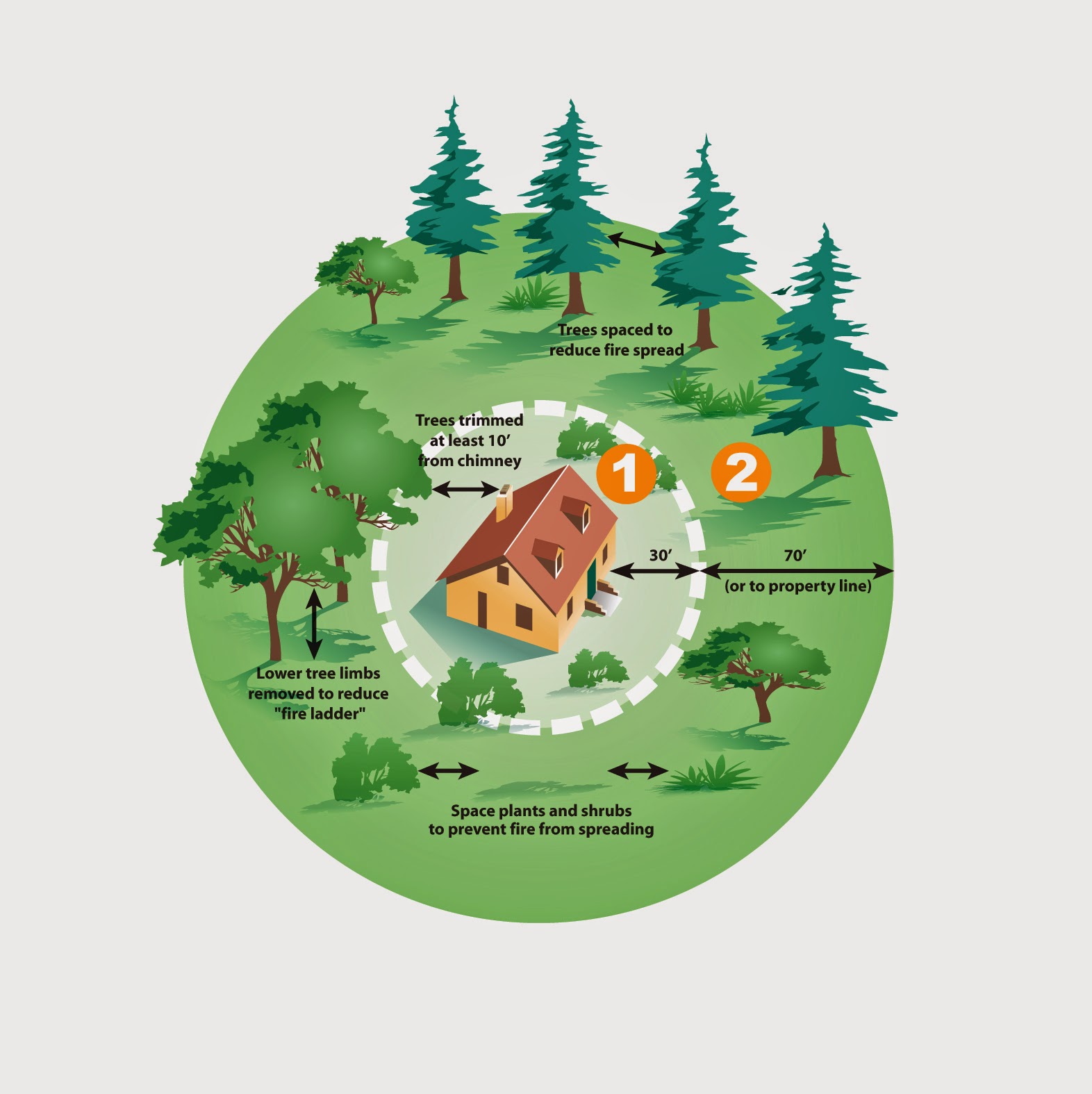It seems that you either have luck with African violets blooming or you don’t. I was in the no-luck category for many years. I had one particular African violet for more than 5 years with one tiny little flower the entire time. I guess I was keeping it for the cute fuzzy foliage as I’d given up on flowers. What was the secret of my non-gardener friends who could produce gorgeous blossoms on theirs?
My luck turned last year when we moved into a house with a large number of windows and a very sunny kitchen. I put the African violet in a sunny spot which promptly burned the leaves but I left it there out of frustration because at that point I wasn’t much concerned about its status. Well, within one month there were little buds popping out all over it! It then produced the prettiest deep blue-purple blooms – and it’s still blooming four months later.
Was the secret this whole time about the amount of light it wasn’t getting in the past? Yes. That was exactly it. African violets, Saintpaulia ionantha, need enough light to properly bloom. If light is too low, they will develop small dark-green leaves with long stalks and no or few blooms. Too much light can mean burned and yellowed leaves and stunted growth. You don’t need to put them in direct light. An east or north facing exposure is ideal. If you have a light meter, 600FC (foot candles) is best. Artificial light can also be used to produce profuse blooms. They need up to 16 hours of daylight but on the flip side, they need 8 hours of darkness to bloom.
Ideal night temperatures are between 65-70F and daytime temps between 75-80F, typically the temperatures that we keep our houses at – easy! Fertilize with a 100% water-soluble houseplant fertilizer, preferably one formulated for blooming houseplants. Be careful not to over-fertilize. You can usually omit the winter fertilizer and then just apply to the plant in the other seasons if the plant’s leaves are turning a lighter green or the growth rate decreases. The African Violet Society of America, AVSA, recommends periodic soil leaching so that salts don’t build up.
Water African violets when the top inch of soil feels dry. According to the AVSA, “African violets need just enough water to keep the soil moist, but never soggy.” Many nurseries sell specialized pots for African violets to help prevent water from getting on the leaves as this can cause spotting. The key is to keep the leaves dry, keep the crown dry and to use room temperature water. If you do use a regular pot, just use care to carefully lift up the leaves and water underneath them along the sides of the pot. Another watering method is a self-watering pot which you can just add water at the bottom when it gets dry or a pot in a saucer or bowl that the soil can wick water from. Whatever method you use, be careful to only water when the plant needs it to prevent rot.
Provided by Planttalk Colorado
African violet blooms come in white, pink, blue, purple, lavender, red and some bi and multi-colored forms. Flowers also come in a variety of types like ruffled, scalloped and double flowers. And yet another plant that you can become a fanatic about – collect them all! Not only do African violets offer beauty in our homes but they are one of the easier houseplants to grow. They can also easily be propagated to make additional plants. Take a leaf cutting with a bit of stalk and put in warm water, sand, or vermiculite. Roots will eventually grow and you have a whole new plant.
I’m sure you are curious as to the name of this plant and if it truly originated in Africa. In 1892, the Baron Walter von St. Paul discovered the plant in east Africa, what is now Tanzania. It was brought to Europe where it was kept as a houseplant, eventually going to the US in 1926. The wild species are blue-violet colors. For the complete history and also anything else you’d like to know about African violets, visit the AVSA website.
I haven’t yet tried propagating my own plant but now that I’m really happy with it I will try that next. If you have growing tips you’d like to share, please share them with us.
Planttalk Colorado info on African Violets





